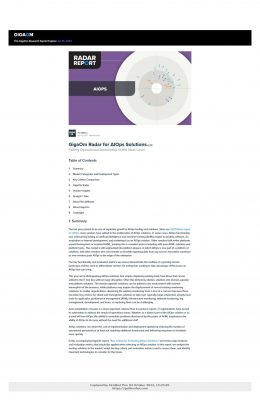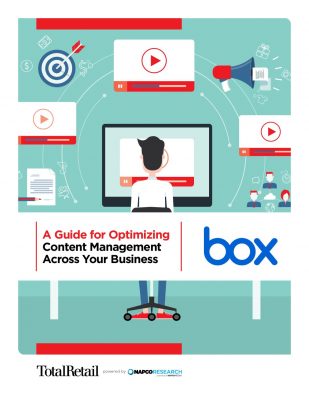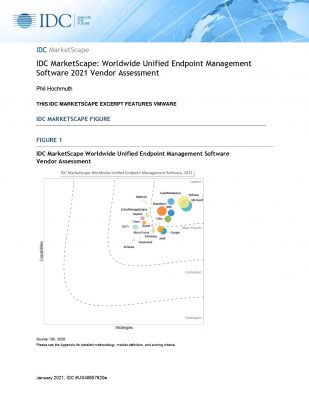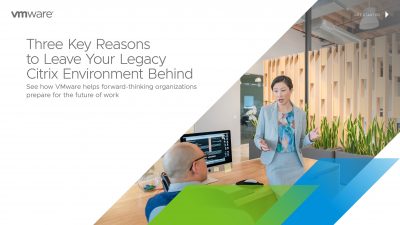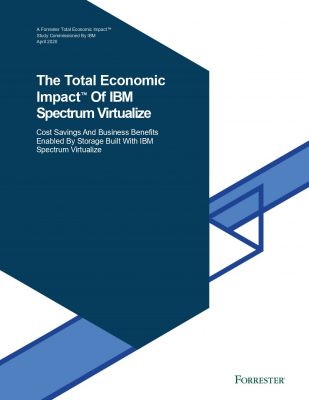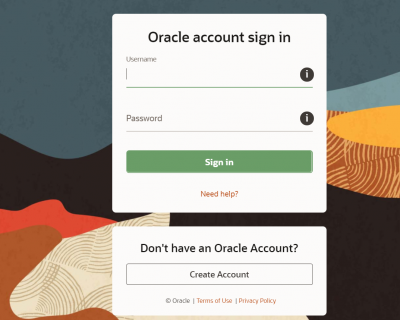The value of data is growing with every passing day and for good reason: When used effectively, it can significantly improve customer relationships and experiences to market strategies and new product development. With digital transformation, the machine data available for operational analytics, too, has seen a rise. A successful business is one that manages such vast amounts of data wisely.
But what happens when the information available is incomplete or when data isn’t readily available or shared between different departments? This makes it difficult for organizations to make decisions. And this is what is referred to as data silos.
In this blog, we will discuss in detail about data silos – the challenges, why they may hurt your business, and the solutions that can be implemented to make the most out of data to optimize your organization.
Data Silos in Brief
It is referred to as a collection of data that’s held by one set of people and is isolated and, thus, not accessible by other people in the same organization. Several departments such as HR, finance, administration, and marketing use the information or data silos. As the quantity and diversity of data grows, silos continue to grow too. With information being accessible to some and inaccessible to others, there is a severe lack of transparency, efficiency, and trust within an organization.
Though it looks as if it’s harmless, but in reality they may be a cause for some of the serious problems plageging an organization. When we siloed the data, it’s hard for leaders to view the company data completely. They are also a drain on resources as organizations have to pay for extra data storage and the cost of inefficiency. With data inconsistency, which may even overlap across silos, data quality suffers, too. All of this makes it hard for leaders to get a holistic view of company data. And since there is little or zero access, it does not add value to the analysis and decision-making process. Thus, it is not healthy.
Despite this fact, data silos exist. Now, the question is: How do we overcome this problem? One would be mistaken to think that importing and exporting databases can solve the problem. At the core of the problem is that data is not static. Phone numbers change, emails change, people leave companies and prospects become customers or even providers.
Information can never be up-to-date fully because of the constant nature of data. It is also not possible to import/export operations manually each month; this will take a huge amount of time and heighten the risk of manual data entry errors.
There are a number of ways to prevent and solve data silos. One of the straightforward approaches is through data virtualization.
Data Virtualization
Data virtualization is a layer that allows companies to access data from disparate sources and bridges the gap between various data sources and data consumers without the end-user knowing about the the source. It abstracts consumer details from varied data sources but still allows a unified, simplified, and integrated view of the data.
The data virtualization layer does not contain any source data but just the metadata that is required to access the relevant sources. The data remains within the data sources. When a data consumer submits a query, the data virtualization layer optimally collects relevant data from varied sources, carries the needed join and transformation, creates an integrated view and delivers the results to the data consumer. All of this is done when in progress, without the data consumer knowing about the true location, format and protocol to access the data.
Let’s now delve deeper and look at some of the benefits of data virtualization and how it can consolidate data silos in business.
Giving holistic view of businesses without any physical copies of data
There are various applications that can generate and process data related to a business entity. For instance, a product offering can be configured in the catalog application, ordered in the ordering application, charged in the charging application and billed in the billing application. Data virtualization layer can present a comprehensive view of the product offering by gathering and combining all the data scattered across multiple systems.
Presenting data in domain-specific languages
Enterprises may want to access the data collected for in-house data consumers. External data consumer applications would prefer to get the data in a language that they understand better. The data virtualization layer allows data visualization with predefined domain-specific views while hiding the complexity and technicalities of the data models underlying them.
Mixing a series of data repositories
Many use cases may require data from other sources, such as OSS services, social media, other than cases like customer churn management, lifetime value prediction for enterprise customers etc that fall under BSS area. All the data cannot come under a single colossal data repository. Physical data consolidation being inappropriate, data virtualization is a strategy that enables organizations to integrate various data sources into a single repository.
Makes cloud migration journey smooth with location-agnostic data
Cloud migration creates a hybrid environment with scattered data across various on-premises and cloud data sources. Data virtualization spans across both cloud and on-premises data sources. It can also provide location agnostic data access to data consumers.
Why do businesses attract data virtualization?
Today, businesses, across industries, have been talking about data virtualization and its benefits. Many have the least or no idea how data virtualization can simplify day-to-day data management tasks. Here are some of the explicitly mentioned reasons:
- It gives access to all the data needed by enterprises on demand. With data driven operations on demand, decisions can be made faster .
- The users can utilize their time analyzing and using the data instead of searching, preparing, and managing it.
- Data virtualization enhances the utilization of existing servers and storage investment. This minimizes the chances of data replication, thus saving on data storage and governance expenses.
- Swapping traditional data systems with modern application is possible without much hassle and effort.
How are data silos diluted with data virtualization?
Data storage is essential for Communication Service Providers (CSPs) to just retain historical records, they also want to get deep insights from data to generate value. They may also have multiple data silos, which need not be demolished; they can be integrated via data virtualization. By providing easy yet secure location agnostic access to all data, data virtualization can eliminate data barriers.
Agile business intelligence
In present times, Business Intelligence systems can no longer keep up with increasing BI demands by enterprises. Businesses need to thrive in a competitive environment. This is why enterprises are looking to improve the agility of their processes. Currently, most businesses have rigid and static structures and the reason for this is the design itself which is database-centric. Mostly, the architecture is based on a number of data stores such as the production of databases, data staging areas, data warehouses, and data marts, etc. which compromise on their ability to deliver results.
Data Virtualization, on the other hand, can make systems more agile by incorporating data in an on-demand fashion. Moreover, it provides unified access in a centralized layer where data can be integrated, transformed and cleansed. Through DV organizations can also generate consistent BI reports for analysis with simplified data structures and deliver outputs to relevant decision-makers instantly. Therefore, even with information coming from myriad sources, applications only access a single, large database. This is just one example of data virtualization.
Takeaway
Plan your next step and device a workable plan taking note of the above aspects of data virtualization. It is vital to take the C-level executives on board and explain the benefits of numerous data virtualization examples.
Agile data integration approaches such as data virtualization have become critical to handle the ever-increasing data complexity. Organizations can retrieve up-to-date information from diverse sources at a unified point of access. Lastly, features like database caching and query optimization of data virtualization make it perfect for effective business analytics and reporting.
